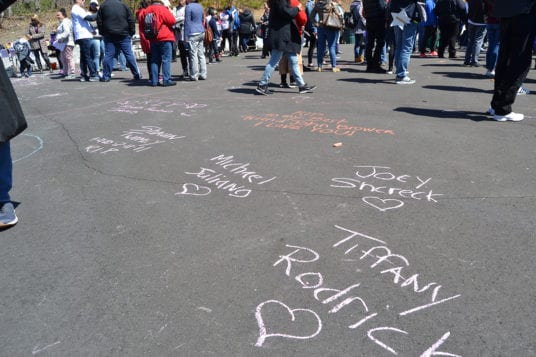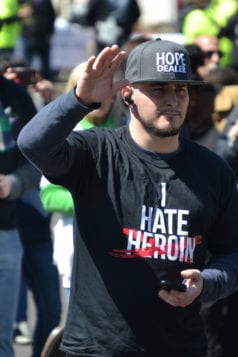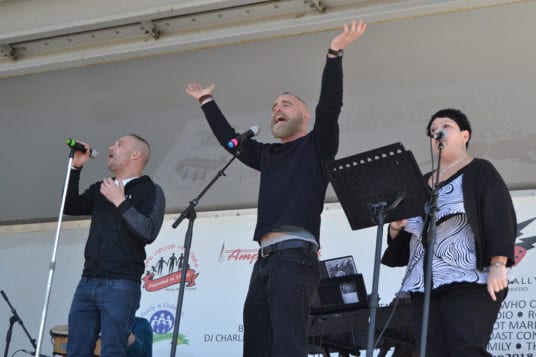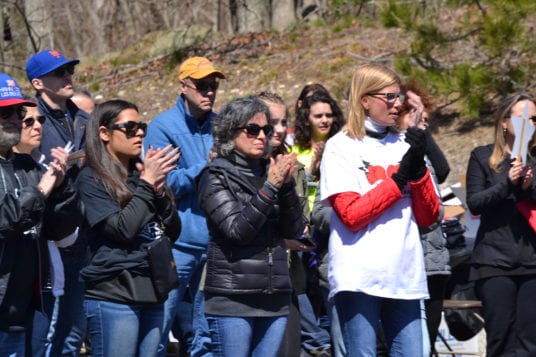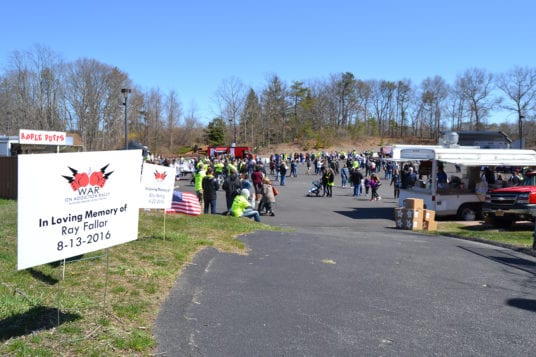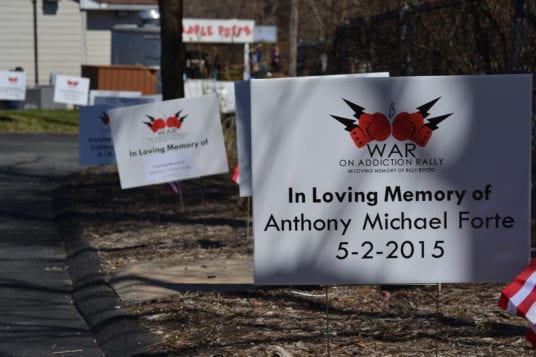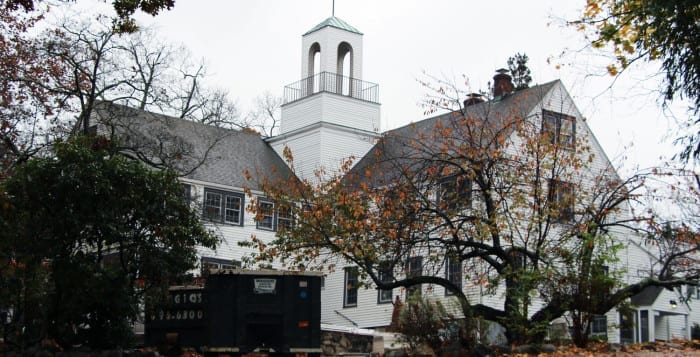It is disconcerting when the medical community reverses course. They seem to do that every decade or so, as with the purported value of vitamin C, estrogen and so forth. The latest about face, in case you haven’t yet heard, is on the matter of taking baby aspirin. For years we have been urged to take a baby aspirin each day to ward off all sorts of ills: heart attacks, strokes, dementia, colorectal cancers and who knows what else. Those tiny pills that can dissolve in seconds against the roof of one’s mouth, or be popped into it, seemed capable of miracles.
Now, with a shot heard truly around the world, an Australian research team at Monash University in Melbourne concluded that not only may aspirin not help, it may in some cases actually harm. The results of their study, which included more than 19,000 people over 4.7 years, were published in three articles this past Sunday in the prestigious New England Journal of Medicine and summarized by The New York Times on Monday, and by just about all other major media.
The study included whites 70 and older, and blacks and Hispanics 65 and older. Each took 100 milligrams — slightly more than the 81 milligrams of a baby aspirin — or a placebo each day. While doing so did not lower their risks of diseases, it did increase “the risk of significant bleeding in the digestive tract, brain or other sites that required transfusions or admission to the hospital,” according to The Times.
So what does all that mean, especially for those already at risk for the conditions aspirin was supposed to protect against?
I am going to quote from The Times very carefully here because this can get confusing due to mixed messages. “Although there is good evidence that aspirin can help people who have already had heart attacks or strokes, or who have a high risk that they will occur, the drug’s value is actually not so clear for people with less risk, especially older ones,” wrote reporter Denise Grady.
So can aspirin prevent cardiovascular events in people with diabetes, for example, or is the benefit outweighed by the risk of major bleeding? Does dose matter in that heavier people might require more aspirin to be prophylactive?
Here’s what the study tells us: Healthy older people should not begin taking aspirin. This will no doubt disappoint Bayer, St. Joseph and others who manufacture the drug. But those who have already been using it regularly should not quit based on these findings, according to Dr. John McNeil, leader of the Australian study. Rather they should talk with their doctors first because the new findings do not apply to those who have already had heart attacks or strokes, which involve blood clots. Aspirin is known to inhibit clotting.
The name of this study is Aspree and it was funded by the National Institute on Aging, along with the National Cancer Institute, Monash University and the Australian government. Bayer supplied the aspirin and placebos but had no other role, according to The Times.
The study focuses on preventive medicine, especially how to keep older people healthy longer. It included 16,703 people from Australia and 2,411 from the United States, starting in 2010. Serious bleeding occurred in 3.8 percent of the aspirin group as opposed to 2.7 percent in the placebo group.
McNeil does suggest the possibility that aspirin’s protective effect against colorectal cancers might still exist but not show up for a longer time span than the study. The Times article does go on to say that the good doctor, who is 71 and specializes in epidemiology and preventive medicine, does not himself take aspirin.
Don’t know what to do? As they say in the commercials, consult your doctor.

